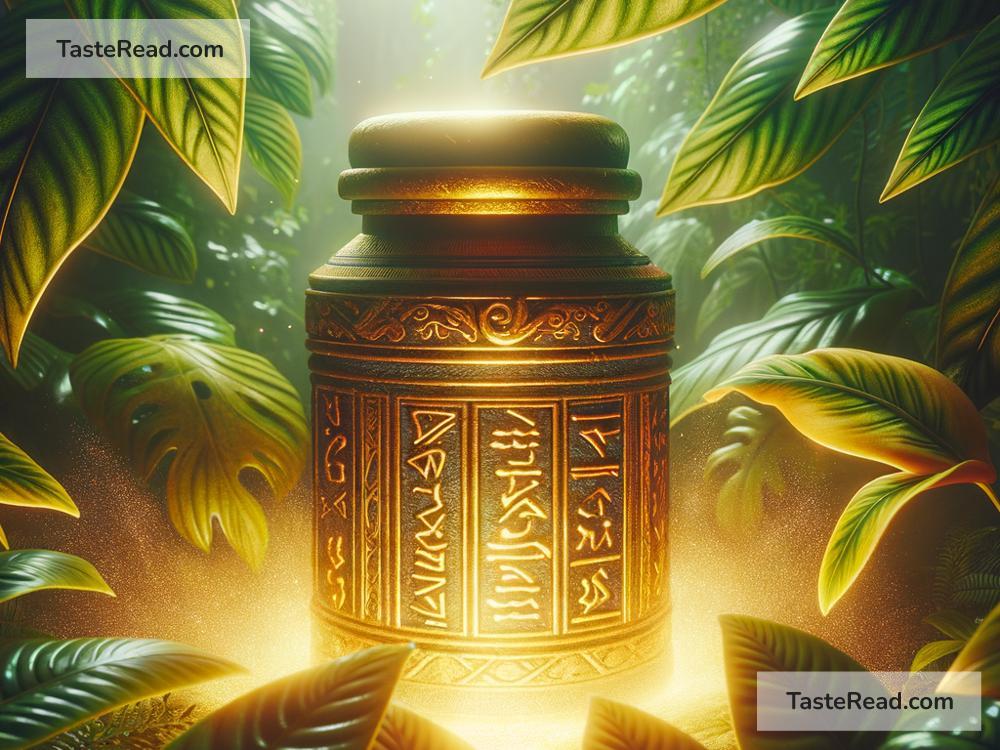The Mythical Story of the Spice That Speaks
Have you ever wondered where your spices come from? Every time you sprinkle cinnamon, saffron, or nutmeg into your recipe, you bring centuries of history and lore into your kitchen. Many spices were not only precious but were also once believed to hold magical powers. Among such legendary tales is the mythical story of “The Spice That Speaks.” This spice is unlike any other—it whispers secrets to those who listen closely. Intrigued? Let’s dive into the story of this enchanting spice.
The Origin of the Talking Spice
Long ago, in a vibrant region that brimmed with lush jungles and majestic rivers, there were spice traders who roamed from land to land. These traders would tell stories of a mysterious spice that was said to have the power to “speak.” Legend says this spice grew in a well-guarded forest on an island far from civilization, protected by steep cliffs and thick mist. It was rumored to grow on a mystical tree called the “Whispering Tree.”
The Whispering Tree was not like any other tree. Its bark shimmered, resembling liquid gold in the sunlight, and its fruits carried a subtle aroma that could calm the mind. The spice itself came from seeds found within the tree’s fruit. Folks who dared to touch the seeds claimed they could hear faint murmurs, like whispers from the wind. The locals believed these were messages from the tree’s spirit—with words carrying wisdom, warnings, and secrets about the future.
The Quest for the Whispering Tree
As the story of the talking spice spread across kingdoms, adventurers, merchants, and explorers set sail on treacherous journeys to find the Whispering Tree. Many hoped to unlock its power, and some craved the wisdom it promised. But the journey to the hidden island wasn’t easy.
According to the myth, the island was surrounded by perilous waters teeming with sea monsters and raging storms that made it impossible for ships to anchor. Those brave explorers who survived the sea often found themselves lost in the thick jungle, hearing eerie whispers carried by the wind. Some said the whispers were helpful, guiding them to safety, while others reported feeling overwhelmed by the voices of doubt and despair.
Over time, only a few people were thought to have actually reached the Whispering Tree. Those who claimed to have succeeded described an awe-inspiring experience. Touching the spice seeds provided visions of the past, present, and future. They were shown glimpses of distant lands, the faces of loved ones they missed, and decisions that would shape their destinies. But the benefits came at a cost—the tree only revealed wisdom to those who asked sincere questions. It was said to punish greed and selfishness by trapping unworthy visitors in a labyrinth of whispering vines.
The Magic of the Speaking Spice
Once harvested, the speaking spice was treated like treasure. It was sold in the markets of ancient cities at a price so high that only kings and queens could afford it. But even royalty used the spice sparingly, as its power was said to fade over time. Some people claimed that consuming the spice by mixing it in food or tea allowed them to ‘hear’ the thoughts of plants, animals, or even distant relatives. Others believed that keeping the spice close, such as wearing it in a pouch, helped them make wiser decisions.
Priests and mystics used the speaking spice to meditate, saying it helped them connect to the divine. They built rituals around the spice, turning it into a sacred item in temples. It was used by healers to diagnose illnesses and by rulers seeking guidance for their nations. Stories also say that poets who consumed the spice would write verses so beautiful that they moved even the hardest hearts.
The Mystery Lives On
The tale of the spice that speaks has remained a legend to this day. Some historians debate whether it was real or just a clever story spread by spice merchants to enchant buyers. If the Whispering Tree truly existed, it has yet to be rediscovered in modern times. Adventurers still explore forgotten islands and dense jungles in search of plants and spices that could match the mythical talking spice.
Scientists hypothesize that the legend may have stemmed from a spice with strong psychoactive properties. Ancient people might have believed that their vivid thoughts or dreams after consuming it were “messages.” While we may never know the truth, the legend of the spice that speaks reminds us of the magical role that nature plays in our lives. Even ordinary spices carry incredible histories—once traded as currency, valued as medicine, and celebrated as luxury.
Finding Magic in Everyday Spices
Although the speaking spice remains a mystery, many spices we use daily have fascinating origins and uses. Cinnamon can warm the soul, saffron can brighten dishes with its golden hue, and rosemary is said to possess powers of remembrance. Perhaps the true magic lies in the stories we pass down and the connections we create when sharing food seasoned with spices.
So, the next time you reach for the spice jar, pause for a moment. Imagine there’s a tiny whisper coming from the jar, just waiting to tell you a tale as enchanting as the legend of the Whispering Tree. After all, every spice carries a little bit of magic—and maybe a secret or two!


